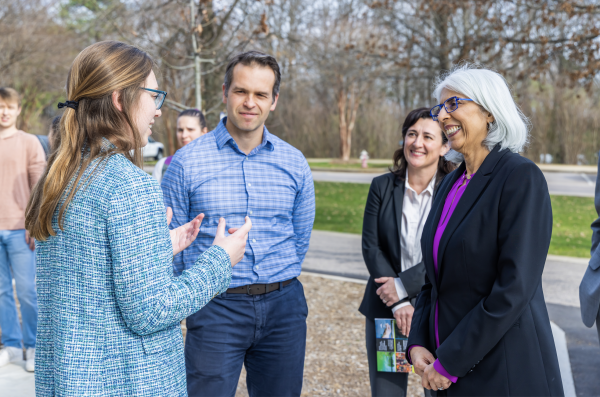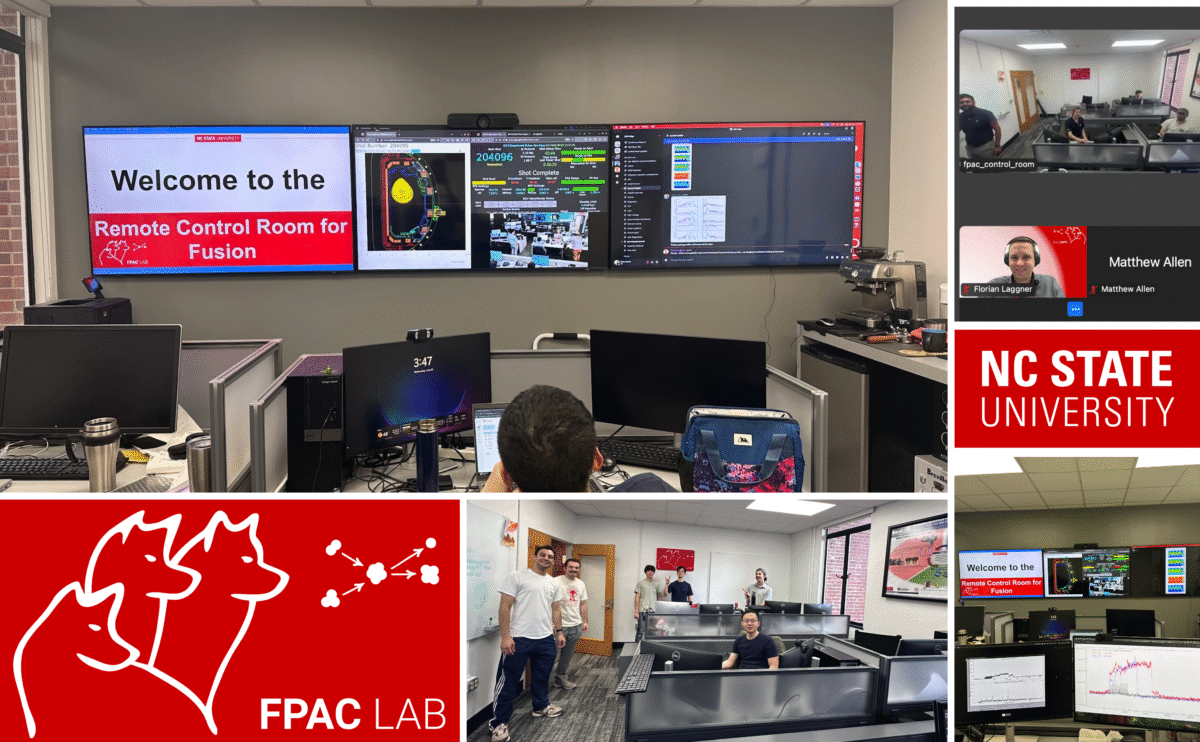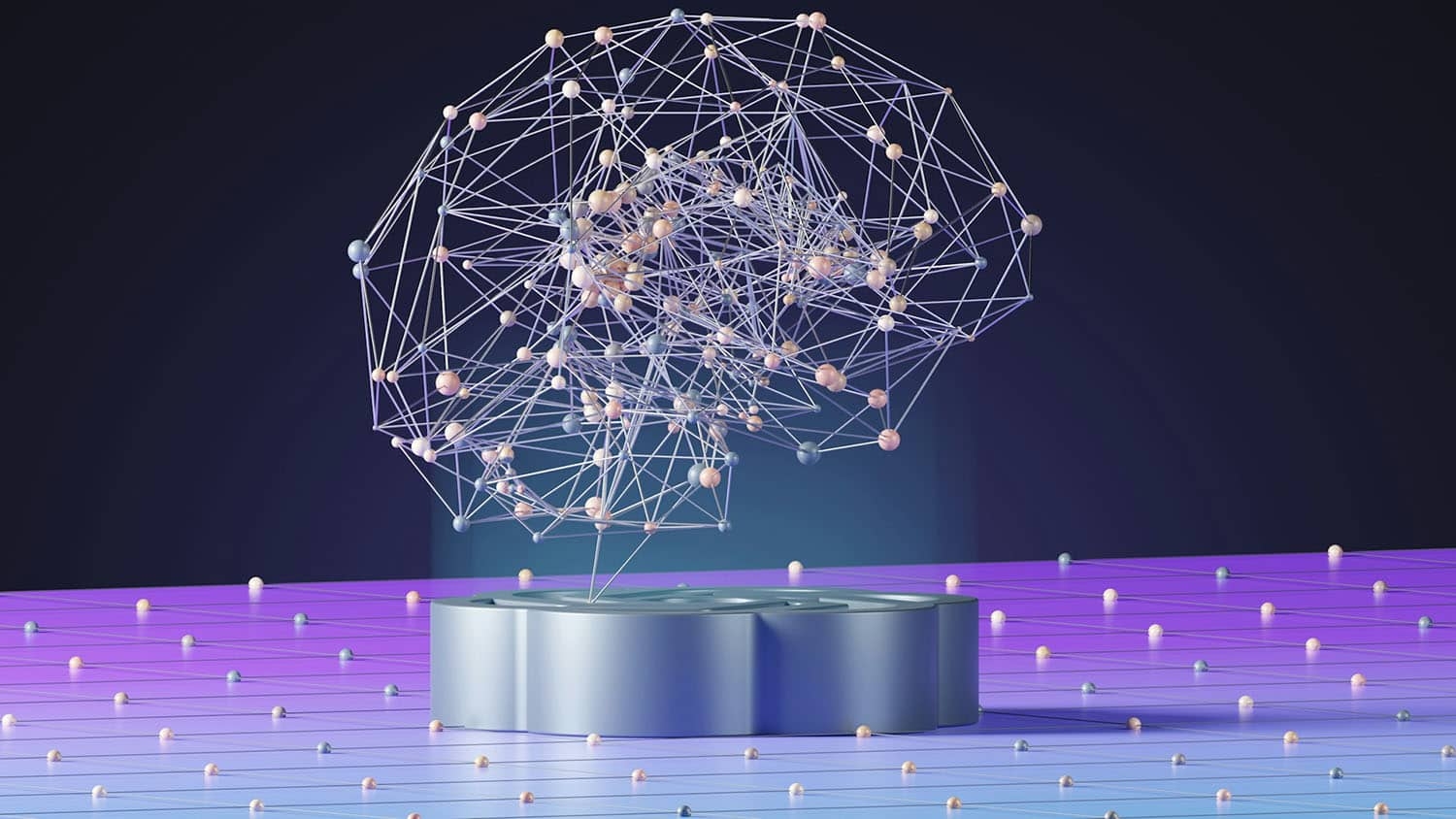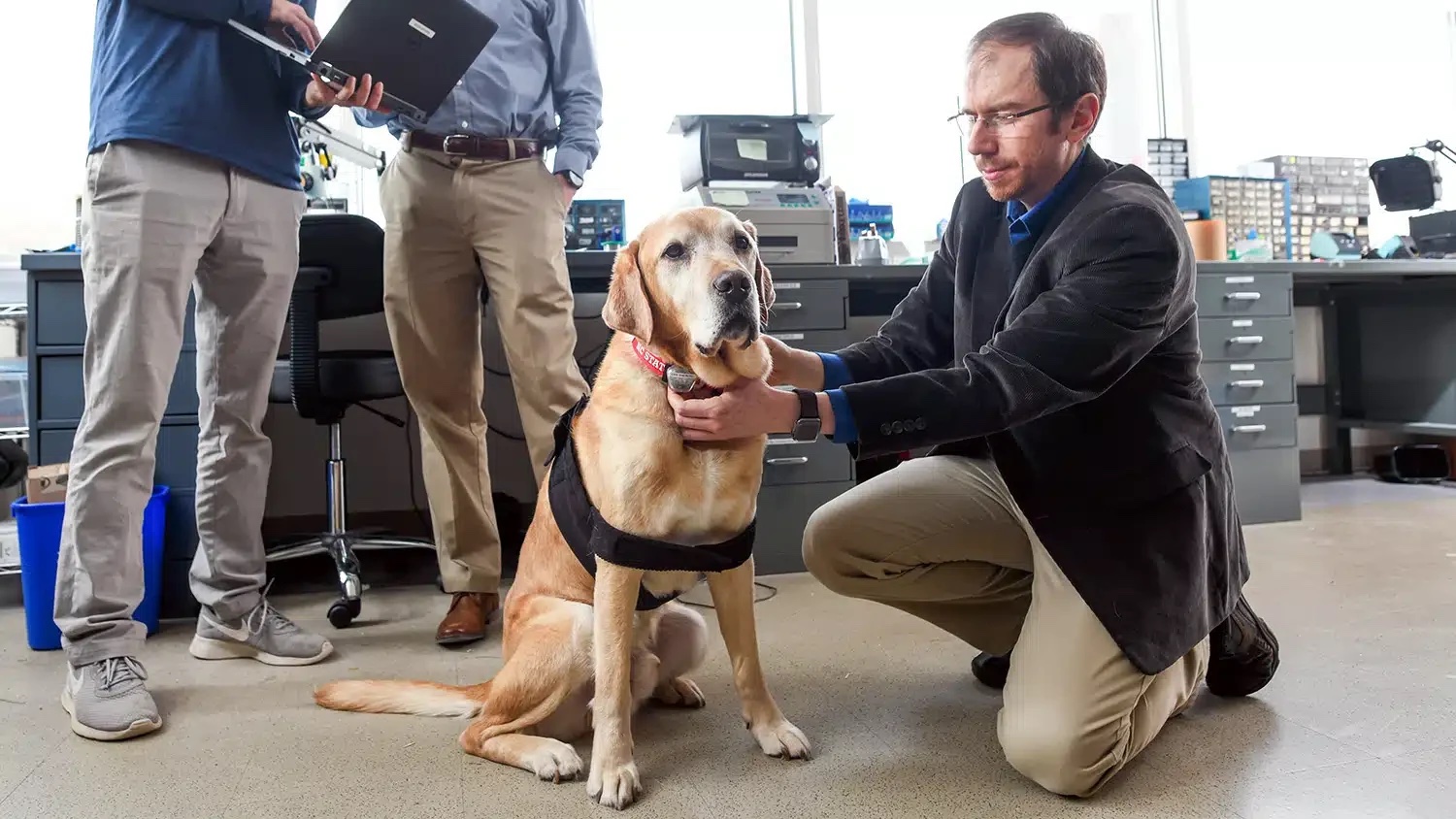CCEE sustainability research highlighted on White House science advisor campus visit

Department of Civil, Construction and Environmental Engineering
Director of the White House Office of Science and Technology Policy Arati Prabhakar visited NC State’s campus last week to see how university researchers are creating cleaner energy systems.
Prabhakar’s stops included the NSF Science and Technology Center — also known as Science and Technologies for Phosphorus Sustainability (STEPS) — a joint effort between NC State and eight partner institutions focused on phosphorus sustainability. She met with CCEE Associate Professor Doug Call, who explained how his team of researchers are studying how to improve the biological removal of phosphorus from wastewater. The phosphorus removed by the microorganisms can then be reused for fertilizers and other applications.
“Amazing things are happening with wastewater,” Prabhakar said, according to a story from the News & Observer.
Call’s study is one of many at the center focused on reducing dependence on mined phosphates and the amount of phosphorus that leaches into soil and water. Phosphorus sustainability is critical for the future of society because of the important role it plays as a fertilizer for food systems. However, the industry currently relies on mined, non-renewable phosphates that could eventually run out. In addition, the chemical element also has a negative effect on the environment, such as phosphorus-driven algae blooms that create unsafe drinking water and conditions for marine life.

STEPS is an interdisciplinary center, integrating contributions across the physical, life, social and economic sciences, that focuses on developing materials, technologies and best management practices to recover, recycle and reuse phosphorus. One of the center’s goals is to reduce human dependence on mined phosphates by 25% and reduce phosphorus losses to soils and water by 25% within 25 years.
Read more about the center here.
Prabhakar also visited the Future Renewable Electric Energy Delivery and Management (FREEDM) Systems Engineering Research Center, where she met with researchers including CCEE Associate Professor Jeremiah Johnson who discussed new technologies to ensure a more secure, sustainable and environmentally friendly electric grid. The National Science Foundation-funded center’s research priorities include power electronics packaging, controls theory, solid state transformers, fault isolation devices, and power systems simulation and demonstration.
This post was originally published in the Department of Civil, Construction and Environmental Engineering.
- Categories:


